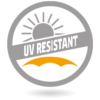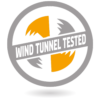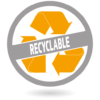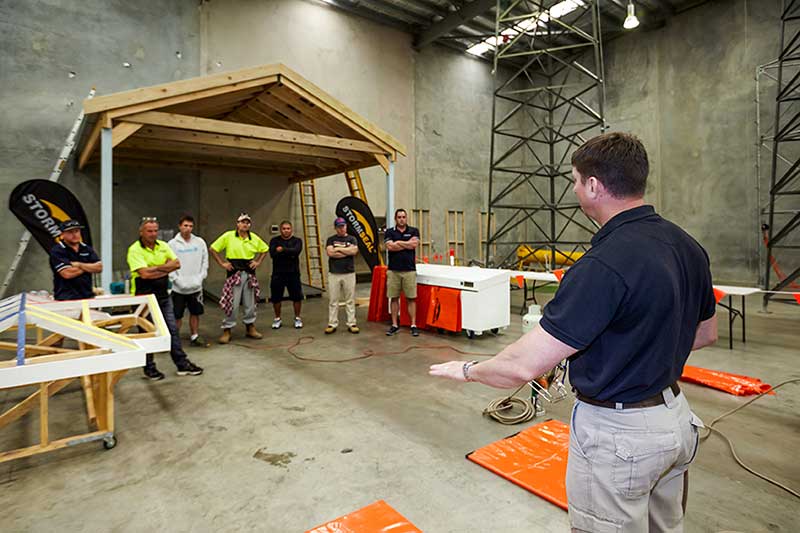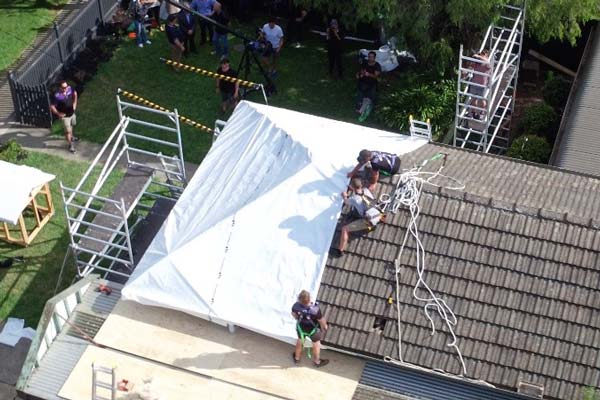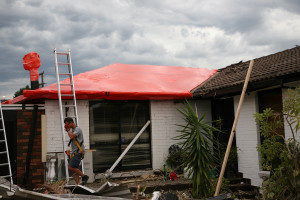We prioritise the safety of workers, residents and properties and discourage practices that increase risks and escalate costs. We’re proud of Stormseal’s excellent reputation and intend to maintain it. To ensure safety and quality, accountability is key. Our solution is a complete system of accredited installer training, specialist equipment, controlled ordering and performance tracking, so our quality assurance processes cover everything from manufacture to installation.
Only accredited installers can order Stormseal film and a toolkit containing everything needed for correct installation. Instead of relying on ropes, sandbags and ‘Hail Mary’s to hold a tarp in place (and when that fails, returning repeatedly to replace the tarp), Stormseal installers do the job once and do it right.
At Stormseal, poor performance means loss of accreditation for the installer. By contrast, in Australia, when a tarpaulin (almost inevitably) performs poorly and requires replacement, the installer is rewarded with an additional make-safe fee from the insurer. Insurers pass these additional costs on to policy holders as higher premiums. Premiums also rise as claims escalate due to additional property damage caused by flapping, leaking tarps.
Storm victims who suffer under tarps and customers hit with higher premiums are likely to seek a better alternative, i.e. an insurer who uses Stormseal to provide a superior customer experience and keep costs down. Our insistence on safety and cost-effective high quality is positively transforming the insurance repairs industry




